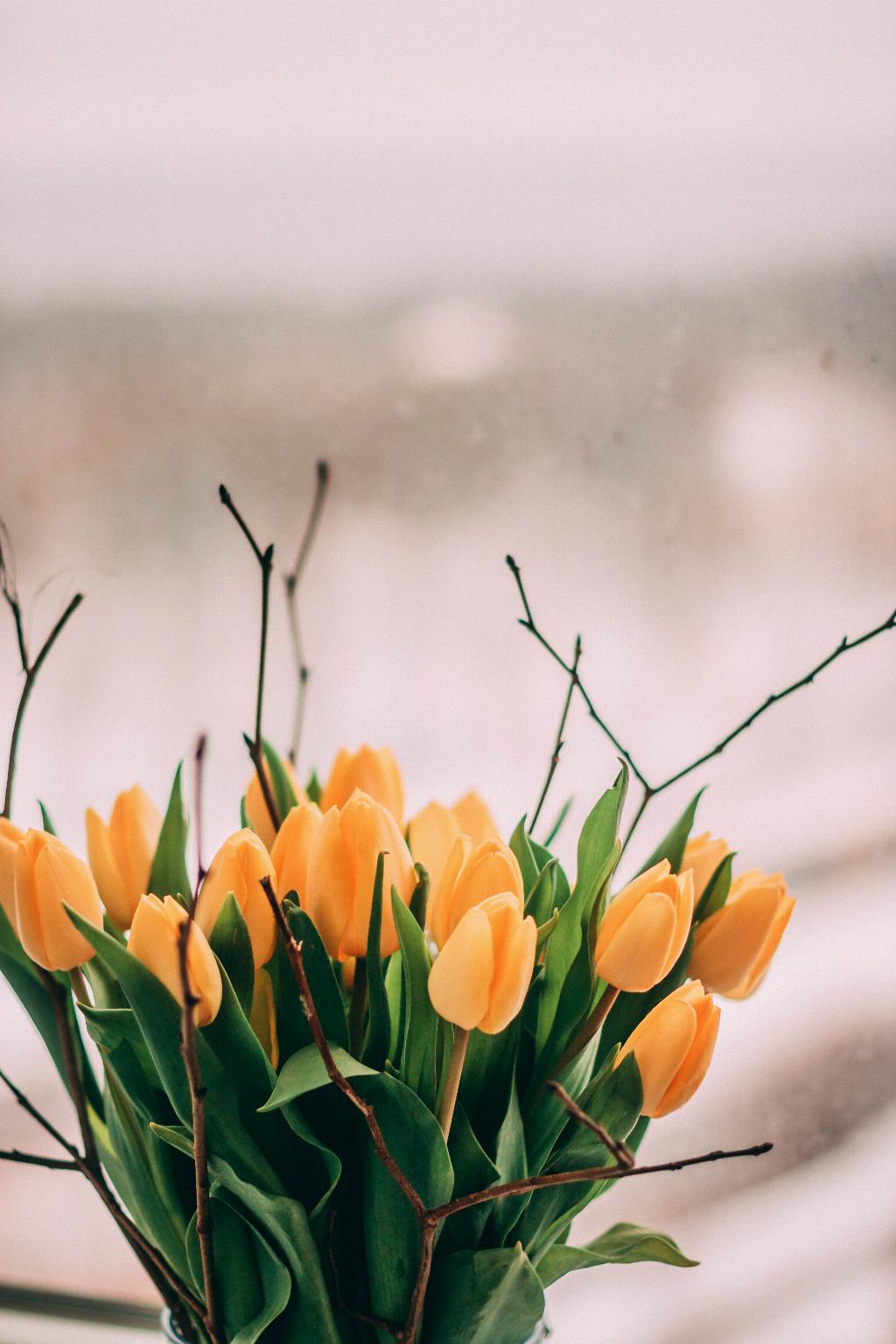Saving tulips can be a rewarding experience for any gardener. By following a few simple steps, you can extend the life of your tulips and enjoy their beauty for longer. One important aspect of saving tulips is deadheading, which involves removing the large seed pod that forms on the plant after blooming.
Deadheading Tulips
Deadheading is a crucial step in the process of saving tulips. By removing the seed pod, you can prevent the plant from expending energy on seed production, allowing it to focus on storing nutrients in the bulb for the next growing season. To deadhead your tulips, simply snip off the seed pod with a pair of clean, sharp scissors.
Harvesting Tulip Bulbs
Another important aspect of saving tulips is harvesting the bulbs once the plant has finished blooming. This process involves carefully digging up the bulbs from the soil, being careful not to damage them. Choose a dry day to harvest your tulip bulbs, as wet conditions can lead to rot.
Drying and Storing Tulip Bulbs
After harvesting the bulbs, it is important to dry them thoroughly before storing them. Place the bulbs in a warm, dry location with good air circulation for a few weeks to allow them to cure. Once the bulbs are dry, store them in a cool, dark place until you are ready to plant them again.
Labeling and Organizing
To ensure that you know which tulip bulbs are which, it is a good idea to label them before storing. This will help you keep track of the different varieties of tulips you have saved and make it easier to plan your garden in the future. Organize the bulbs in a single layer in a box or crate for optimal storage.
Checking for Diseases
Before storing your tulip bulbs, it is important to check them for any signs of disease or rot. Discard any bulbs that are soft, moldy, or discolored, as they may infect your other bulbs during storage. Inspecting your bulbs before storing them will help ensure that your tulips remain healthy.
Preventing Pests
To prevent pests from infesting your stored tulip bulbs, consider adding a natural pest repellent, such as diatomaceous earth, to the storage container. This will help deter insects and other pests that may be attracted to the bulbs during storage.
Monitoring Temperature and Humidity
When storing your tulip bulbs, it is important to monitor the temperature and humidity levels in the storage area. Bulbs should be kept in a cool, dry place with good air circulation to prevent them from rotting or sprouting prematurely.
Replanting Tulip Bulbs
When you are ready to plant your saved tulip bulbs again, choose a location with well-draining soil and full sun. Dig a hole to the appropriate depth for the bulbs and place them in the ground with the pointed end facing up. Cover the bulbs with soil and water thoroughly.
Enjoying Your Saved Tulips
By following these steps to save and store your tulip bulbs, you can enjoy beautiful blooms year after year. With proper care and attention, your tulips will continue to thrive and bring joy to your garden for seasons to come.

Conclusion
Saving tulips is a rewarding process that allows you to preserve the beauty of these flowers and enjoy them year after year. By following the steps outlined above, you can successfully save, store, and replant your tulip bulbs to ensure a vibrant and colorful garden for seasons to come.
